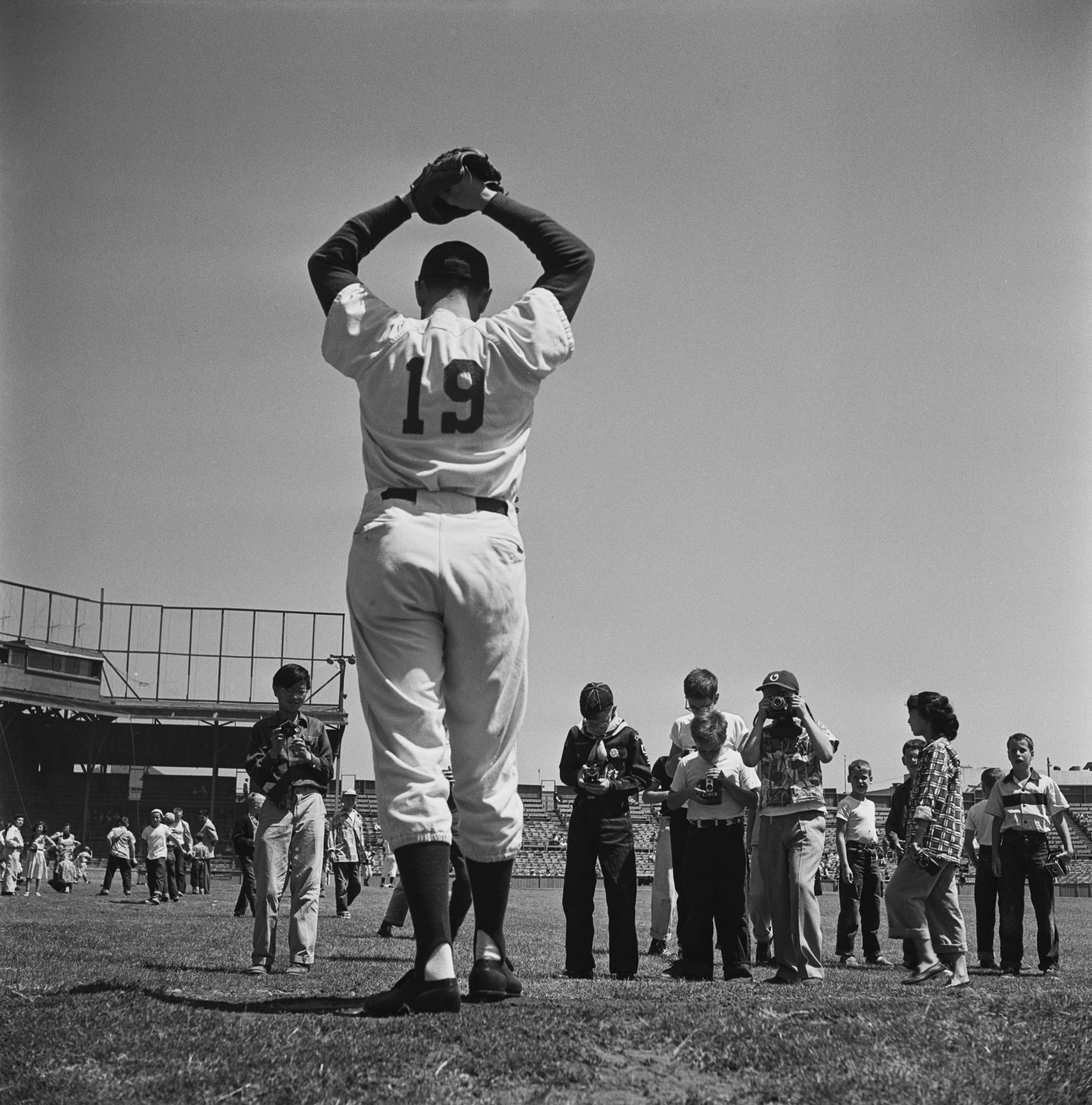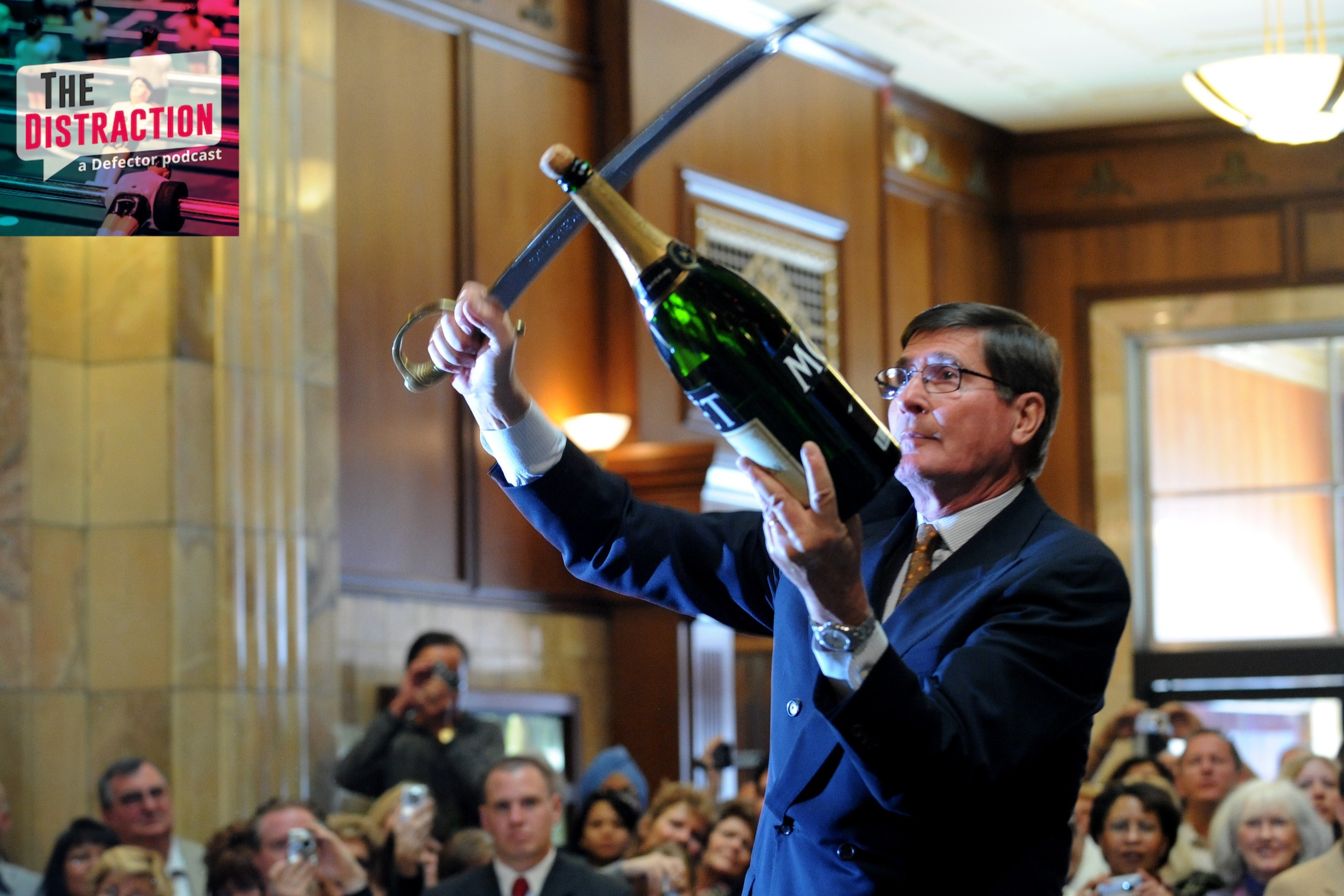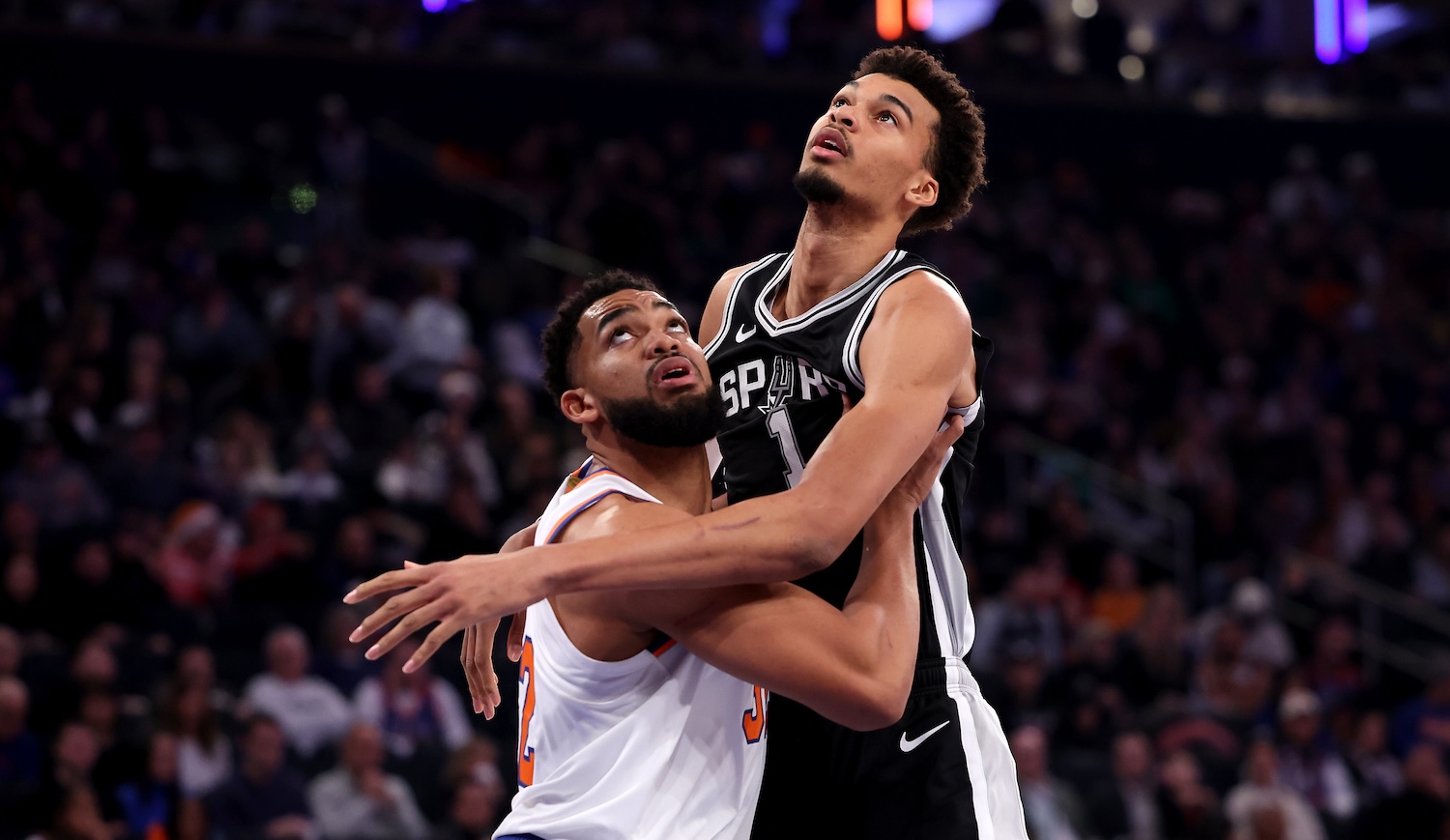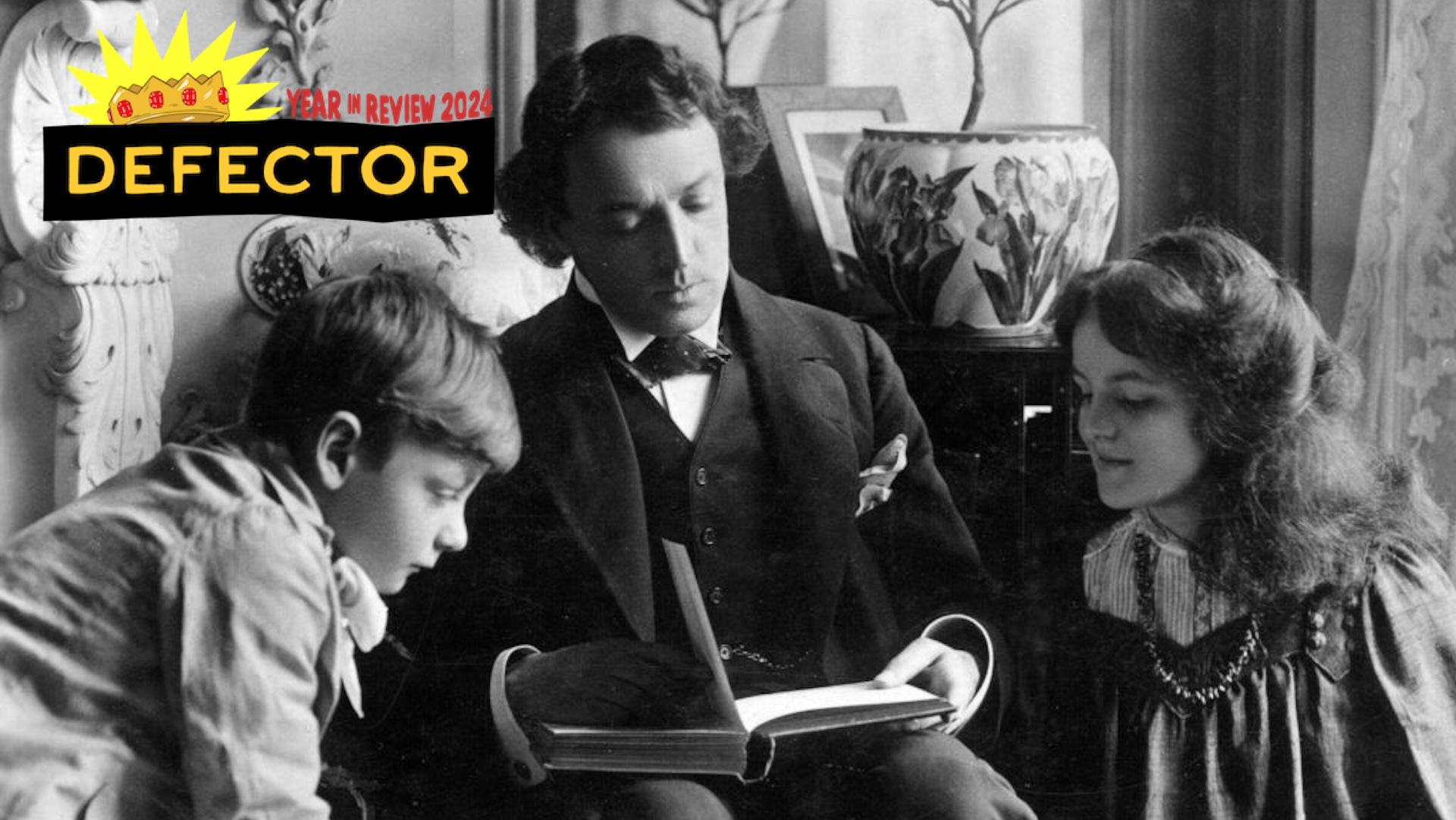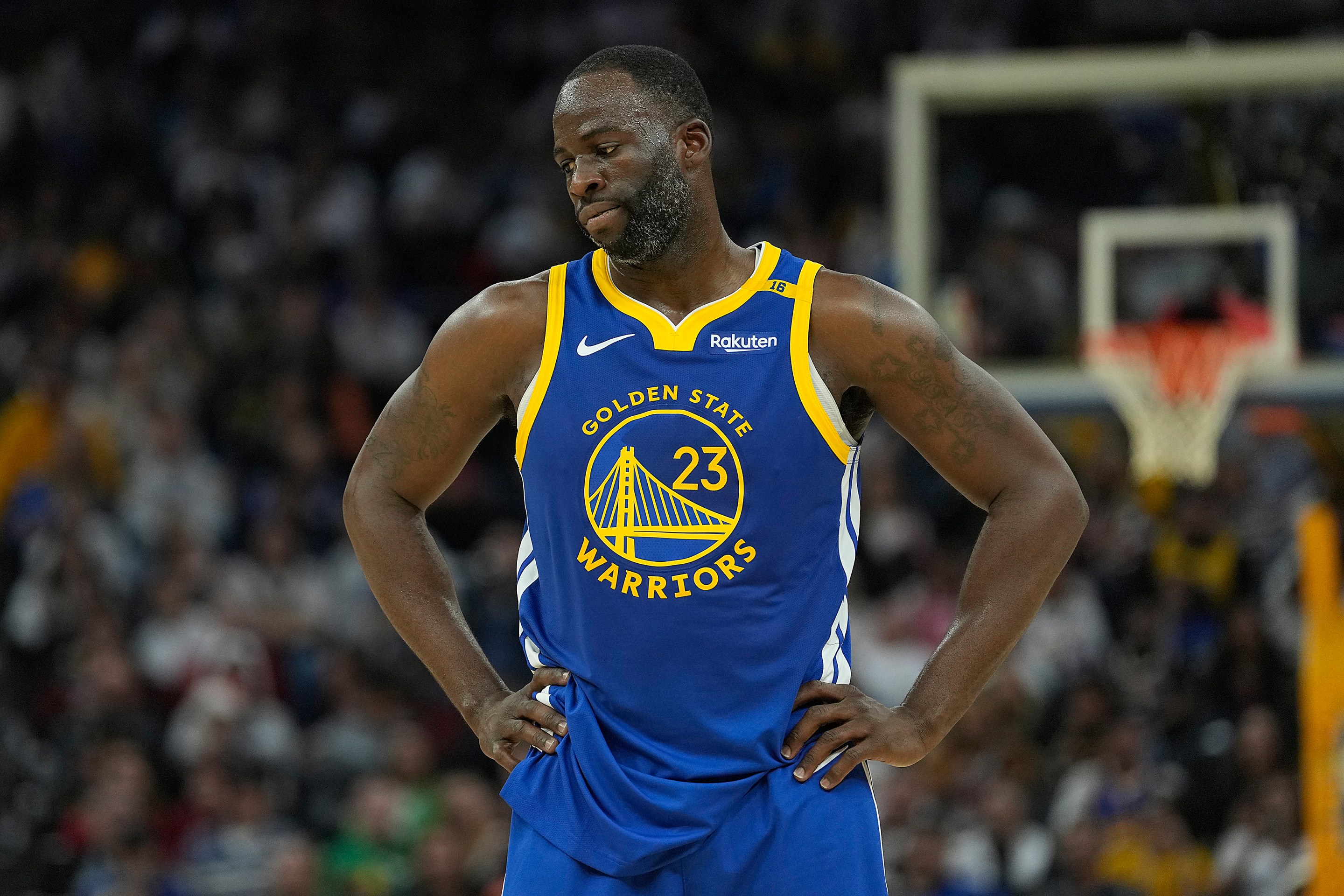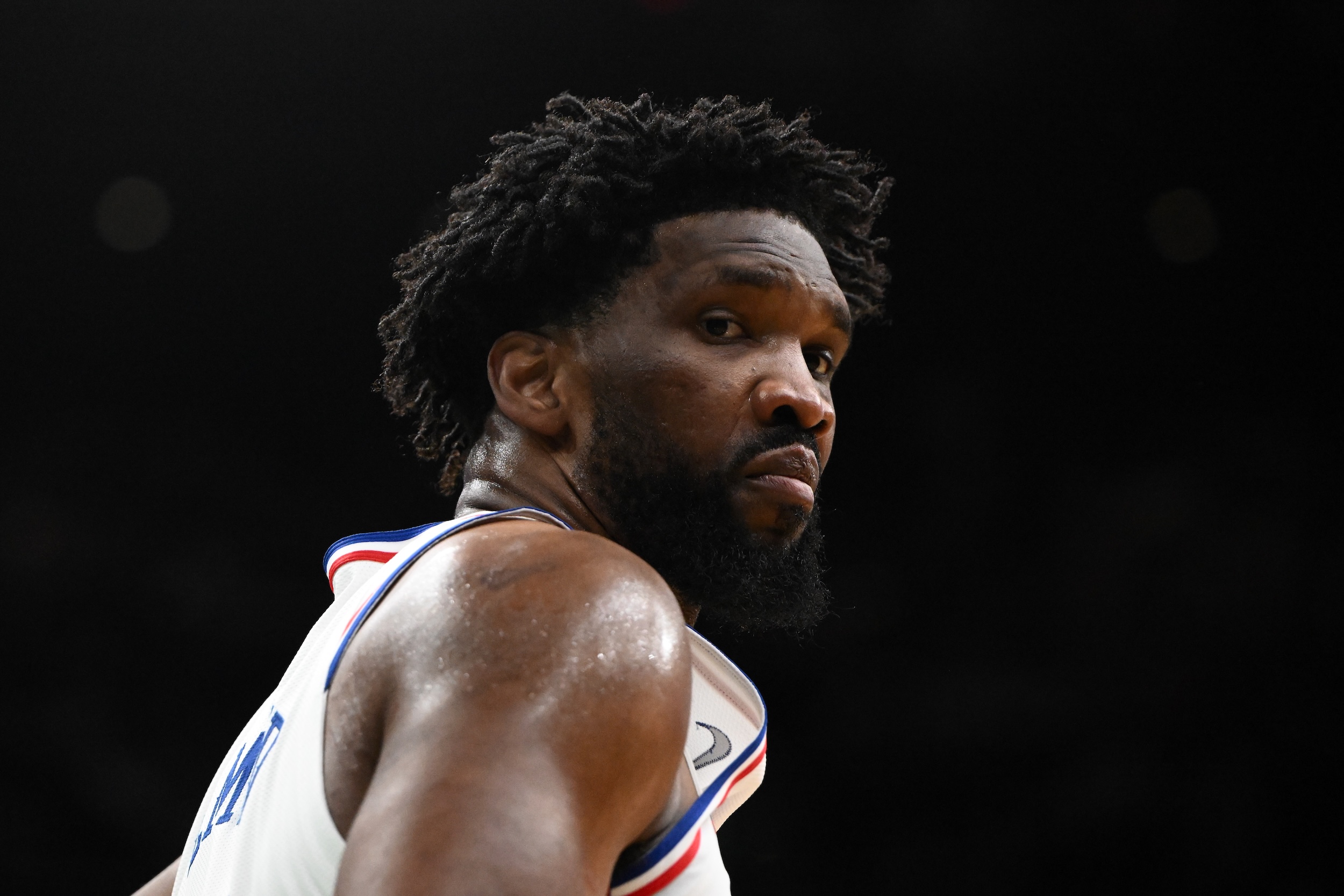On Friday, Major League Baseball announced that its latest bold initiative for the betterment of the national pastime was complete. The minor leagues have officially been consolidated. Gone forever is the chaotic, antiquated, and gloriously asymmetrical web of independent regional leagues that had been growing more or less organically since the sport’s first professional game was played back in 1869. In its place will be a system defined by regional efficiency, centralized control, and ostentatiously bland corporate jargon:
All 120 Minor League Clubs offered an invitation to become Professional Development League license holders have officially agreed to accept. The teams will be part of a new model aimed to better serve fans, players & Clubs. pic.twitter.com/KEg5PcGgZa
— MLB Communications (@MLB_PR) February 12, 2021
Rob Manfred’s MLB used its power first to cut 42 clubs out of affiliated baseball, and then to force the remaining minor league franchises to sign over a bunch of local control for the privilege of maintaining their status as MLB affiliates. The result will be a system that is easier for Manfred’s office to manage, and that is theoretically more organized, and which features more equity between the 30 MLB teams. (Previously, some teams had more minor league affiliates than others. Now, each team will have four minor league affiliates, fair and square.) It all makes sense in a McKinsey consultant sort of way. MLB farm systems don’t need to have as many players in them now, because front offices can use advanced stats and biometric data to scout more efficiently—who needs to cast so wastefully wide a net when you know so much more about spin rate and exit velocity?
But the relentless pursuit of efficiency comes, as always, at a cost. Beyond the impact this austerity will have on player development in years to come, the contraction means that dozens of communities across the country are losing their connection to pro baseball in its most accessible and organic form. MLB is kneecapping the sport’s growth for no discernible reason beyond short-term greed, while pointlessly generating bad PR by treating a bunch of former minor league franchises like dirt and the remaining franchises as, essentially, hostages.
In addition to all that, MLB is stripping the minors of perhaps their best asset: the leagues themselves, and all the history they carry. Instead of the Pacific Coast League (founded 1903), the International League (founded 1887), we’ll have Triple-A West and Triple-A East, each with their own regionally appropriate corporate sponsor TBD. The minor leagues were trails linking the modern, corporate version of baseball with its chaotic wildcatting past. You could follow these trails back through the sport’s bumpy history to a time before the amateur draft, before integration, well before Branch Rickey organized the first modern farm system. For decades, many of the now defunct minor leagues featured players that were as good or better than their major league counterparts. Those leagues had their own specific regional flavor, having evolved from the earliest days of the sport when teams were formed around local companies, churches, and civic organizations.
The Pacific Coast League, which gave baseball the DiMaggio brothers, Ted Williams, and many more future big league stars, featured high salaries, amenities for players that surpassed the NL and AL, and seven-inning Sunday doubleheaders. “It may have been the most civilized existence baseball has ever seen,” wrote John Schulian for Sports Illustrated in a remembrance of the long lost rivalry between the defunct LA Angels and Hollywood Stars. For a moment, the PCL was a serious candidate to become a third major league, if that gives you a sense of what kind of baseball was being played there.
The International League, which predates the American League by two decades, was home to the Montreal Royals—and so the place where, in 1946, Jackie Robinson first broke baseball’s color barrier. It was also home to the only Cuban team to be a part of affiliated ball, the Havana Sugar Kings, who played in the International League from 1946 until 1959. The Sugar Kings won a league title in their final season. Then after the Cuban Revolution, they became (briefly) the Jersey City Jerseys and ultimately the Jacksonville Suns, a franchise that was home to a couple of Mets prospects named Tom Seaver and Nolan Ryan on their way to Cooperstown.
These leagues are gone now, collateral damage in Manfred’s quest to bring the entirety of the sport under his own control. He calls this idea “One Baseball,” and it’s terrible. Not just because the idea that there is only one baseball, with Manfred overseeing it as a singular baseball pope, is entitled and pompous and condescending, although it is. It’s also terrible because, in order to make this idea a reality, Manfred is rewriting the sport’s past to make it seem as if MLB, an organization that didn’t really come to exist until the year 2000, when the American and National Leagues dissolved as separate entities and united as a single administrative body, is and has always been the ultimate arbiter of what matters in the sport. This is both false and very obviously bullshit.
We saw this in December, with the league’s self-congratulatory announcement that it would recognize Negro League statistics as part of the major league record book. That sounds nice until you think about it for a few seconds. Why do Manfred or any of the other suits in the MLB front office get to be the arbiters of “major league?” Oscar Charleston was born in 1896, one year after Babe Ruth. He’s been dead since 1954. You think he really needs to be told now that he was as good as the guys on the Yankees, no less by the very same institution that made it a point to exclude him when he was alive?
Howard Bryant was right to call the decision a “a spectacular display of historical distortion and institutional arrogance.” In that way, it was perfectly typical of MLB, a league that wants to celebrate Jackie Robinson as both one of baseball’s individual heroes and institutional triumphs, but doesn’t want to be thought of as accountable for the decades of enforced segregation that preceded his arrival and made his personal achievement so singular. That today’s MLB doesn’t seem particularly interested in doing meaningful work to support black players, black coaches, and black executives completes the insult.
Manfred’s MLB has made a habit of weaponizing history. Sometimes that means literally rewriting it to suit their needs, as with the Negro Leagues. Other times it means pretending that inconvenient history simply doesn’t exist, as with the reorganization of the minors. MLB can trot out as many advertising campaigns as it wants about how fun and brash and bat-flippy the next generation of players is, but those players can only be understood in the context of the ones who came before. This is one of the things that has long frustrated the cynics who would just as soon throw that history away—it exists, it is knowable and known and meaningful. MLB seems to be operating under the misinformed notion that the sport’s past is nothing more than a series of legacy assets from which it can pick and choose in defining itself moving forward. In fact, the weight of history is the only thing keeping the league from floating off into complete irrelevance.
What’s funny is that this also and characteristically represents a huge misunderstanding of what fans actually like about baseball. Fans like the sport’s past. We like it for the beautiful parts and the ugly parts, and the rough edges of it all. History doesn’t have to fit together like a perfect puzzle. There is not one baseball. There are many. Baseball, like Walt Whitman, one of its earliest fans, is large. It contains multitudes. The complicated and messy past of the sport, intertwined as it is with politics and war and race and poverty and art, is something to be embraced. It gives urgency to the present moment in a way that, say, a pitch clock, never could.
A few years ago, Rob Manfred bemoaned to the press that Mike Trout wasn’t doing as much as he could to build up his personal brand. "You cannot market a player passively,” Manfred said. As if Trout wasn’t doing enough by being arguably the best player to ever set foot on a big league field year after year. That is one way to look at Trout, who is indeed a fairly low-key guy.
Here’s another way Manfred could think about it. The specific greatness of Mike Trout can only be appreciated in the context of the players who came before him. Baseball-Reference has this neat tool that shows you an index of similar players through a certain age. Trout’s top five comps are Frank Robinson, Mickey Mantle, Ken Griffey Jr., Duke Snider, and the recently departed Henry Aaron.
You can follow Trout’s career back through the years to Aaron another way. One of Trout’s earlier teammates with the Angels was the perpetually underrated outfielder Bobby Abreu, then on the downswing of a borderline Hall of Fame career. As a youngster, Abreu played in Philadelphia with a veteran utilityman named Rex Hudler.
These days Hudler is best known as a cornball announcer. But as a rookie with the Yankees in the 1980s, Hudler had the privilege of playing behind the knuckleball pitcher Phil Niekro, then nearing the end of his long big league career. Niekro was in his forties by the time he crossed paths with Hudler. A lifetime before that, he’d spent a decade playing alongside Aaron with the Braves.
But even Phil Niekro was just a teenage boy when Aaron was first signed by Milwaukee and sent on first minor league assignment—to Jacksonville in the South Atlantic League, in 1953. The Sally League, as it was known, was founded in its first iteration in 1904. Two decades before he surpassed Babe Ruth as baseball’s all-time home run king, Aaron became the Sally League’s first black player.
Now Phil Niekro is gone, Hank Aaron is gone, and thanks to MLB, the Sally League is gone too.
